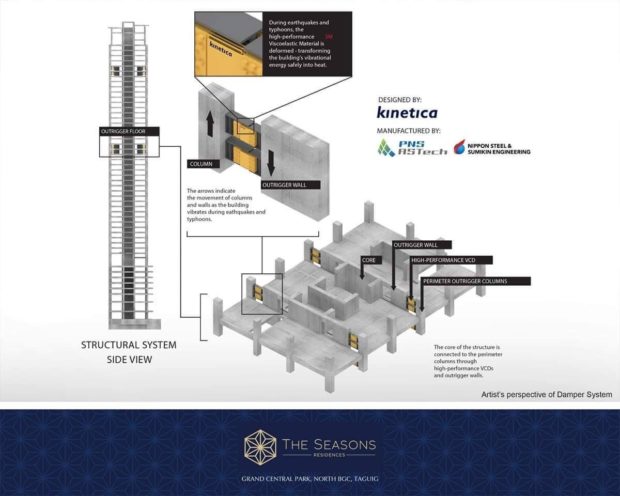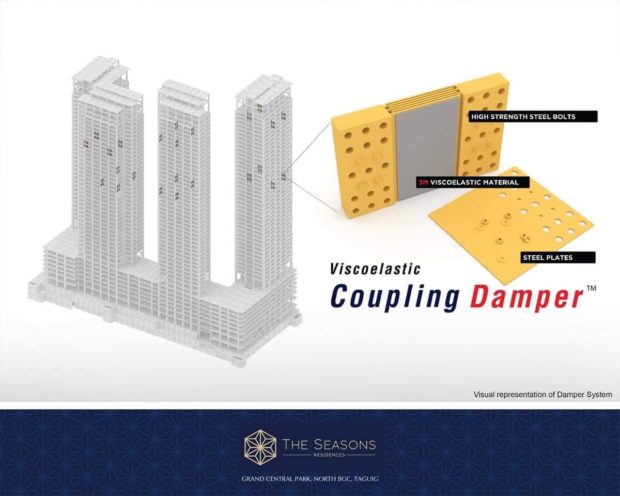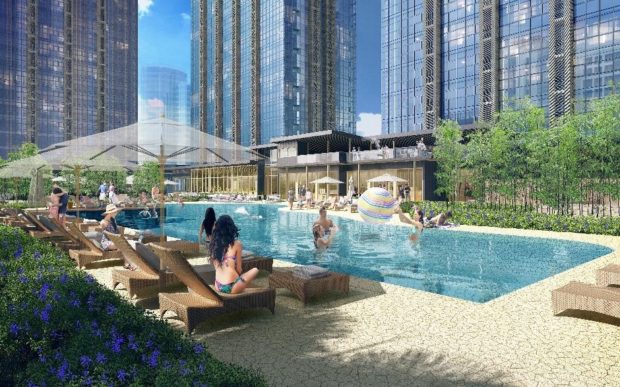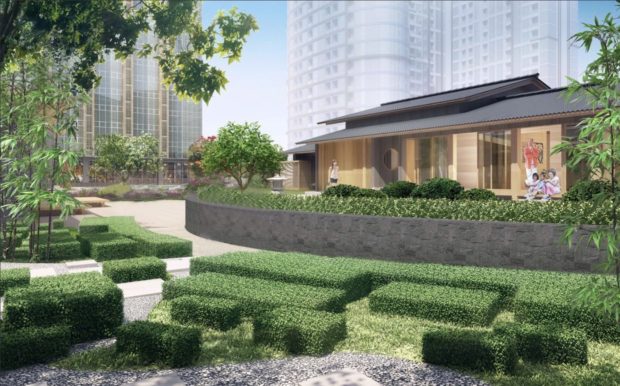Japanese technology ensures resilience of the Seasons Residences vs earthquakes
It can unknowingly strike anywhere at any given time, making it difficult for anyone to prepare for its occurrence. Earthquakes are quite common in the Philippines, as the country is located along the so-called Pacific Ring of Fire, a large belt along the Pacific
Ocean where volcanic eruptions and quakes frequently occur. Unfortunately, this phenomenon remains as unpredictable today as it was before despite incredible advancements in technology. Thanks to some visionary urban planners, however, there are now ways to make structures and communities even more resilient. These architects and engineers—who have painstakingly studied the impact of seismic motions on structures—have afforded countries like the Philippines a semblance of preparation against the possible devastation and destruction wrought by these deadly temblors. And given the recent spate of earthquakes that struck across the country recently, talks of earthquake preparedness and resiliency surfaced anew, prompting property developer Federal Land to lead crucial discussions about what it takes to prepare for the Big One.
Structural design Recently, Federal Land facilitated a talk led by two experts in the fields of steel technology, seismic risk assessment, and structural design: Engr. Raul Manlapig, managing director of Ove Arup & Partners Hong Kong Ltd. and Engr. Keisuke Sugihara, general manager of PNS Advanced Steel Technology Inc. (the local subsidiary of Nippon Steel Engineering Group). Sugihara and Manlapig discussed earthquake preparedness and structural design for high rise buildings, as well as the Japanese technology called Viscoelastic Coupling Damper (VCD), developed by Nippon Steel Engineering.
The VCD, it was explained, acts like a shock absorber in a vehicle. When earthquakes or heavy wind loads hit a building, VCDs absorb the vibrations, thus mitigating the shock. Unlike fluid viscous dampers, VCDs provide imminent damping to ensure occupant comfort. It doesn’t require a ventilation system, is maintenance- free, and has a shelf life of more than 50 years. According to the Philippines’ National Building Code, that’s longer than the life of the building itself. Nippon Steel has developed a range of damping and controlled technologies protecting some of the world’s tallest buildings against extreme earthquakes, such as Taipei Financial Center in Taiwan (101 floors), Tokyo Sky and Tokyo Skytree in Japan (634 meters), and Jing Mao Building in China (88 floors). In the Philippines, PNS Advanced Steel Technology handled the construction of “The Tree of Life” in the National Museum of National History, as well as Okada’s “Manila Dome.”
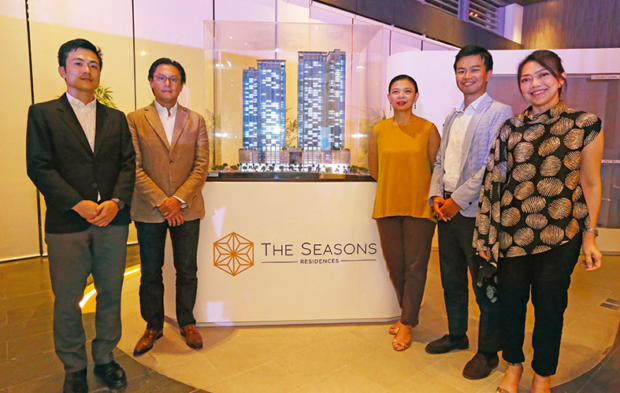
(From left) Engr. Keisuke Sugihara, general manager of PNS Advanced Steel Technology, Inc.; Engr. Raul Manlapig, managing director of Ove Arup & Partners Hong Kong Ltd.; Cathy Ko, executive vice president of Federal Land; Yasuhiro Ohira, residential development division manager of Nomura Real Estate Development Co. Ltd.; and Cherie Fernandez, project development group head of Federal Land.
A structural marvel Sugihara and Manlapig also discussed the intricacies of the structural design of The Seasons Residences (Sunshine Fort), the residential project by Federal Land in partnership with Japanese conglomerates Nomura Real Estate Development Co., Ltd. and Isetan Mitsukoshi Holdings Ltd. Located at Grand Central Park at the heart of Bonifacio Global City, The Seasons Residences is composed of four buildings with 42 to 51 storeys, all equipped with state-of-the art damping technology.
A total of 256 panels were used for the entire structure for enhanced earthquake protection, improved occupant comfort under wind loads, and increased building resilience. To reinforce its structural integrity, performance-based structural design, as well as the use of VCDs was introduced to the towers of The Seasons Residences.
The buildings were also subject to Wind Tunnel Test and Site Specific Hazard Assessment. In both tests, more realistic results can be achieved in terms of wind pressure and response spectra during earthquake ground shaking re-enactment.
With a grand structure that is able to adapt to seismic and wind-induced tremors, there is no doubt that The Seasons Residences will lead the way in innovation and structural design.
For more information on The Seasons Residences call (632) 359-6756, email digital.mktg@federalland.ph or visit the showroom at 7th Ave cor. 34th St, Grand Central Park, North BGC, Taguig City (across Lexus Manila Showroom from 7th Ave.)
ADVT
